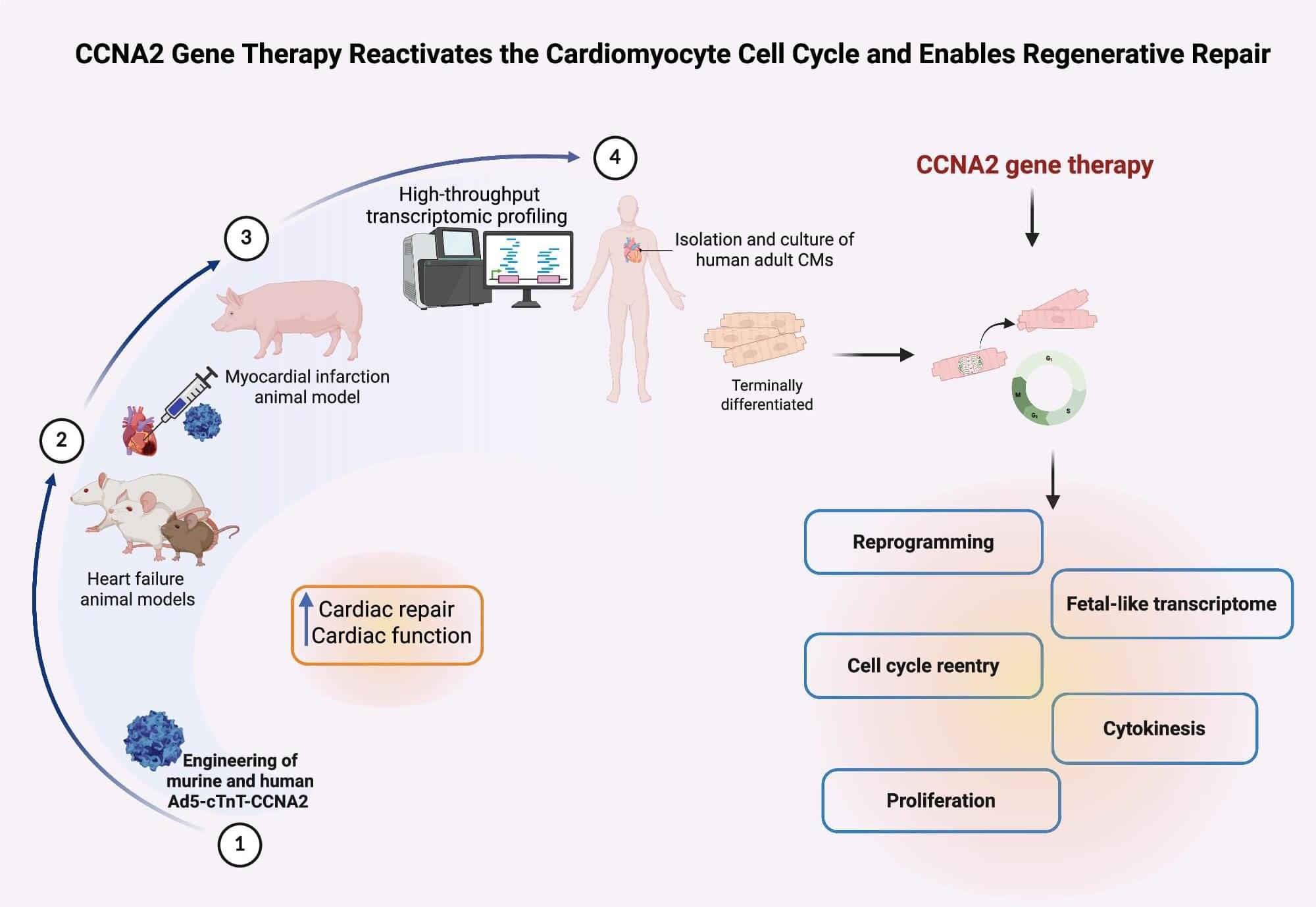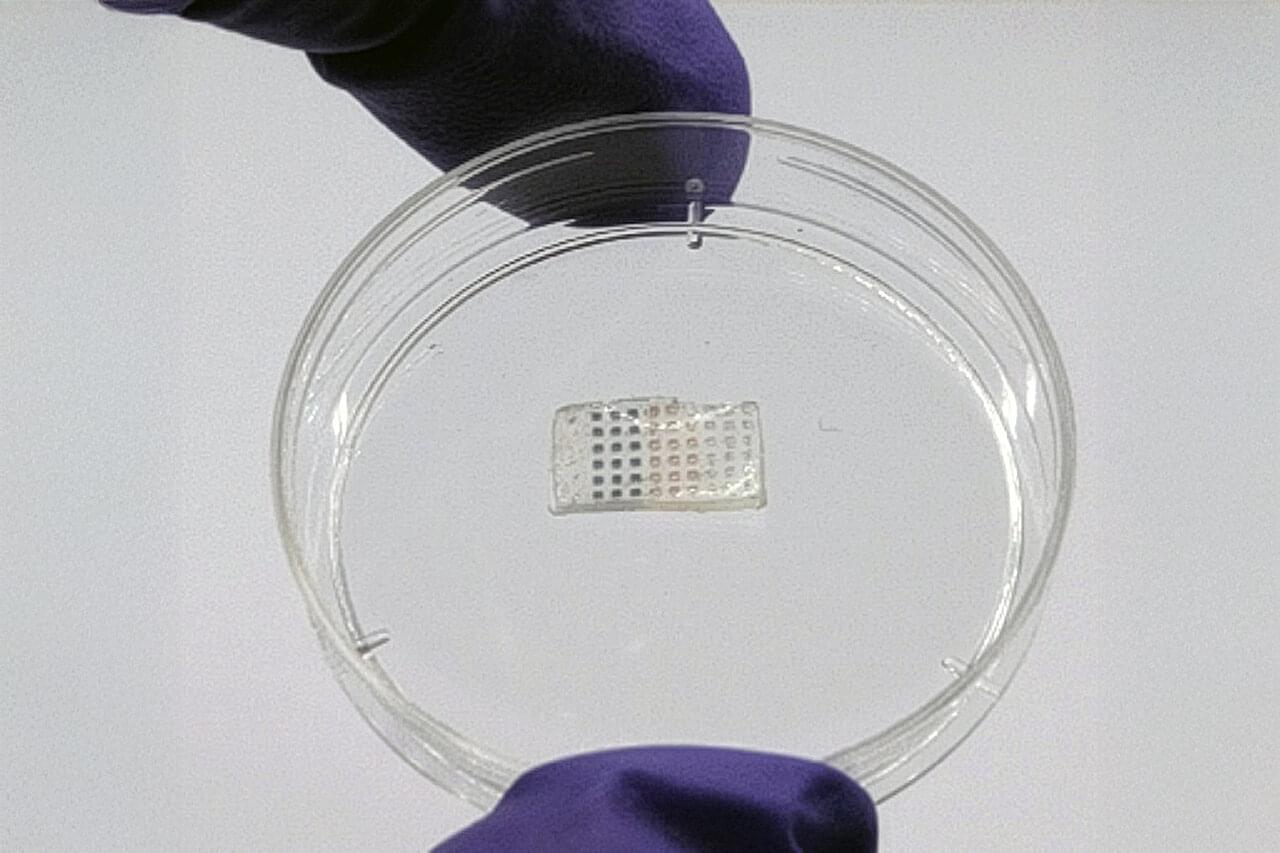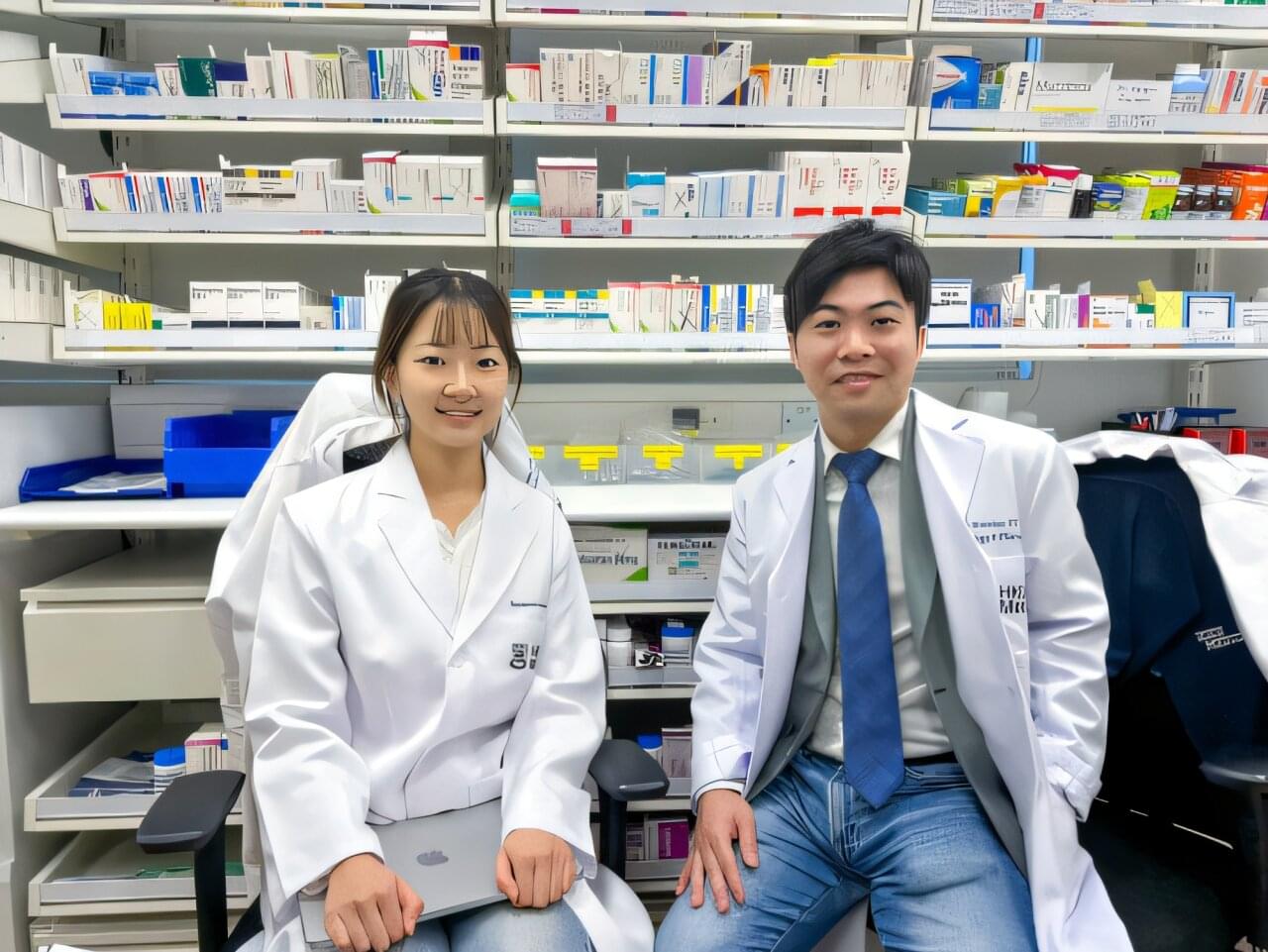You may not remember it, but odds are you took a few tumbles during your toddler era. You weren’t alone. Falling, after all, is a natural consequence of learning to crawl, walk, climb and jump. Our balance, coordination and motor skills are developing throughout early childhood.
But it also doesn’t take long for these abilities—also known as physical intelligence—to become second nature for most, including deceptively complex actions such as walking, grasping objects and navigating our way across a room without having to think about it.
“As humans, we often take our physical intelligence for granted because it becomes so automatic when we’re still young,” said Bowen Weng, roboticist and assistant professor of computer science at Iowa State University.








